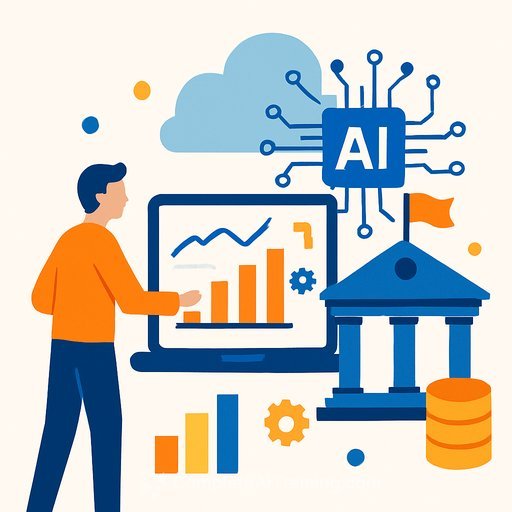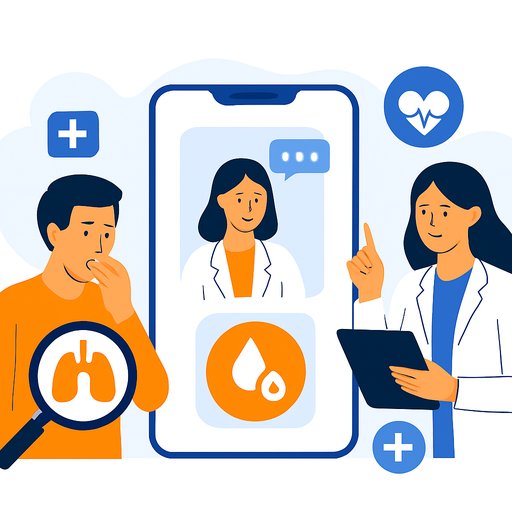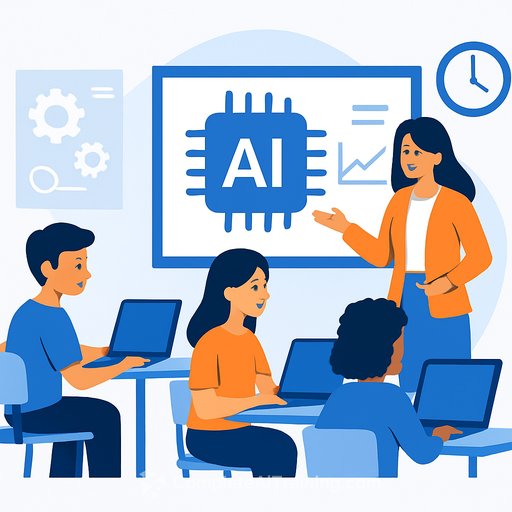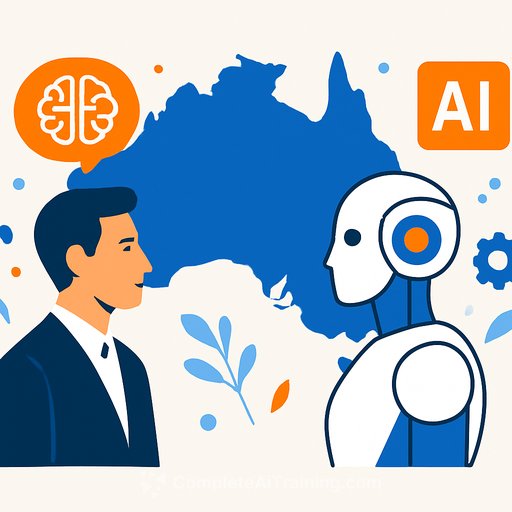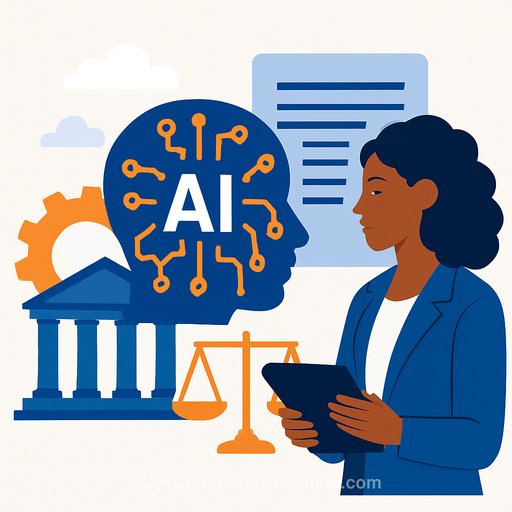The Use of Causal AI in State and Local Government Decision-Making
Agencies rely on data to fund programs, prioritize services and justify outcomes. The problem: most analytics expose correlations, not causes. That gap leads to confident dashboards and uncertain policy.
Causal AI closes that gap. It helps you answer what happens if you change a policy, increase a budget line or target a subgroup-before you spend.
What Is Causal AI (and How Is It Different from Traditional Analytics)?
Traditional analytics predict outcomes based on patterns. If umbrellas and rain appear together, the model links them-but it can't tell you what causes what, or what happens if you hand out fewer umbrellas.
Causal AI is built to answer "why" and "what if." It maps how variables interact using causal graphs, and tests counterfactuals to isolate the effect of a specific action. That means you can estimate the impact of a policy change, not just forecast trends.
If you want to experiment with a mature toolkit, explore the open-source DoWhy library for step-by-step causal analysis.
Why It Matters for Government
Cause-and-effect evidence makes programs more precise and accountable. You can expand what works, cut what doesn't and direct resources to the highest-impact levers.
With Causal AI, you can run "what-if" scenarios on historical data to anticipate consequences before rollout. That translates into fewer surprises in safety, health, education and operations.
Case Study: Improving Education Outcomes with Causal AI
A city district pilots tutoring in middle schools to raise math scores. A simple before-and-after comparison shows a 5% increase, but that could be due to smaller classes, a new curriculum or attendance changes.
Using Causal AI, the district builds a model with test history, attendance, tutoring hours and socio-economic factors. By creating a virtual control group and matching similar students, the analysis estimates tutoring increased math scores by about 5 percentage points versus no tutoring. Now decision-makers have credible evidence of the program's true effect and who benefits most.
Traditional vs. Causal Approaches
Before: observe a bump in scores, list possible reasons and hope the program deserves the credit. After: quantify the tutoring effect while adjusting for other factors, then target the students and schools with the highest expected gains.
The result is cleaner decisions about scaling, modifying or sunsetting programs-tied directly to outcomes and costs.
Getting Started: Practical Steps for Agencies
- Build core skills. Offer short training on causal inference basics for analysts and leaders. Even a clear "correlation vs. causation" workshop raises the quality of policy debates. For role-based upskilling, see AI courses by job.
- Start with a pilot. Pick one program with measurable outcomes-health outreach, patrol deployment, tutoring. Ensure you have clean historical data and clear definitions of success.
- Use existing tools. Prototype with open-source options like DoWhy or user-friendly Causal AI software. If needed, partner with a university or a trusted consultant.
- Pair data with subject matter expertise. Program staff help define plausible causal paths and guard against bad assumptions. Analysts translate that knowledge into testable models.
- Be transparent and validate. Document assumptions, model choices and data sources. Seek independent review, publish methods and start with simple models before adding complexity.
Where This Delivers Fast Wins
- Budgeting: Estimate the marginal impact of an extra dollar spent on key programs.
- Public safety: Test the effect of deployment changes on specific outcomes.
- Public health: Identify which outreach channels actually drive uptake.
- Education: Target tutoring or attendance interventions to the students most likely to benefit, informed by evidence standards like the What Works Clearinghouse.
Bottom Line
Causal AI helps agencies move from "what happened" to "what works." It separates signal from noise, supports smarter allocation and reduces policy risk.
Start small, publish your methods and let results earn trust. The payoff is policy that stands up to scrutiny because it's built on cause-and-effect evidence-not coincidence.
Your membership also unlocks:

